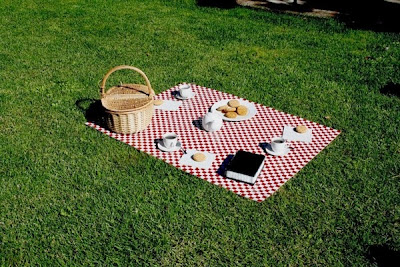Alexander Calder will make you think twice about air
currents. They are the unseen forces that propel his mobile sculptures,
whimsical feats of engineering in which abstract bodies of shape and line draw
attention to their own balancing acts. His stabiles, or stationary sculptures,
are likewise distinguished by an airy kineticism.
Calder’s sculptures were unprecedented in the 1920s, during the early years of his career. He challenged the notion of sculpture as mass by demonstrating the possibilities of sculpture as space. Responding to the groundbreaking work of artists like Piet Mondrian and Joan Miró, Calder summoned the open, biomorphic shapes out of their canvases and brought them into human space. His background in mechanical engineering undergirded his aesthetic ingenuity and boldness. Calder’s vision is epitomized in works like White Panel, a canvas-like backdrop with a mobile floating before it; or Eucalyptus, a sweeping, skeletal stabile that is quietly ebullient. They amount to nothing less than drawings in space.
Calder’s sculptures, and especially his mobiles, invite meditation. They encourage the viewer to contemplate them in motion as they rotate according to the whims of air currents, an experience not unlike watching clouds go by. Snow Flurry, a pristine work composed of jutting lines ending in white discs, is wondrously alive: it casts shadows upon itself; it resists itself; it dances. In this work, and throughout this exhibition, Calder proves that he was more than a sculptor and engineer and visionary; he is an absentee choreographer.
Alexander Calder, Calder and Abstraction: From Avant-Garde to Iconic, Los Angeles County Museum of Art, through July 27, 2014.
Calder’s sculptures were unprecedented in the 1920s, during the early years of his career. He challenged the notion of sculpture as mass by demonstrating the possibilities of sculpture as space. Responding to the groundbreaking work of artists like Piet Mondrian and Joan Miró, Calder summoned the open, biomorphic shapes out of their canvases and brought them into human space. His background in mechanical engineering undergirded his aesthetic ingenuity and boldness. Calder’s vision is epitomized in works like White Panel, a canvas-like backdrop with a mobile floating before it; or Eucalyptus, a sweeping, skeletal stabile that is quietly ebullient. They amount to nothing less than drawings in space.
Calder’s sculptures, and especially his mobiles, invite meditation. They encourage the viewer to contemplate them in motion as they rotate according to the whims of air currents, an experience not unlike watching clouds go by. Snow Flurry, a pristine work composed of jutting lines ending in white discs, is wondrously alive: it casts shadows upon itself; it resists itself; it dances. In this work, and throughout this exhibition, Calder proves that he was more than a sculptor and engineer and visionary; he is an absentee choreographer.
Alexander Calder, Calder and Abstraction: From Avant-Garde to Iconic, Los Angeles County Museum of Art, through July 27, 2014.
 |
| White Panel, 1936. Plywood, sheet metal, wire, string and paint |















